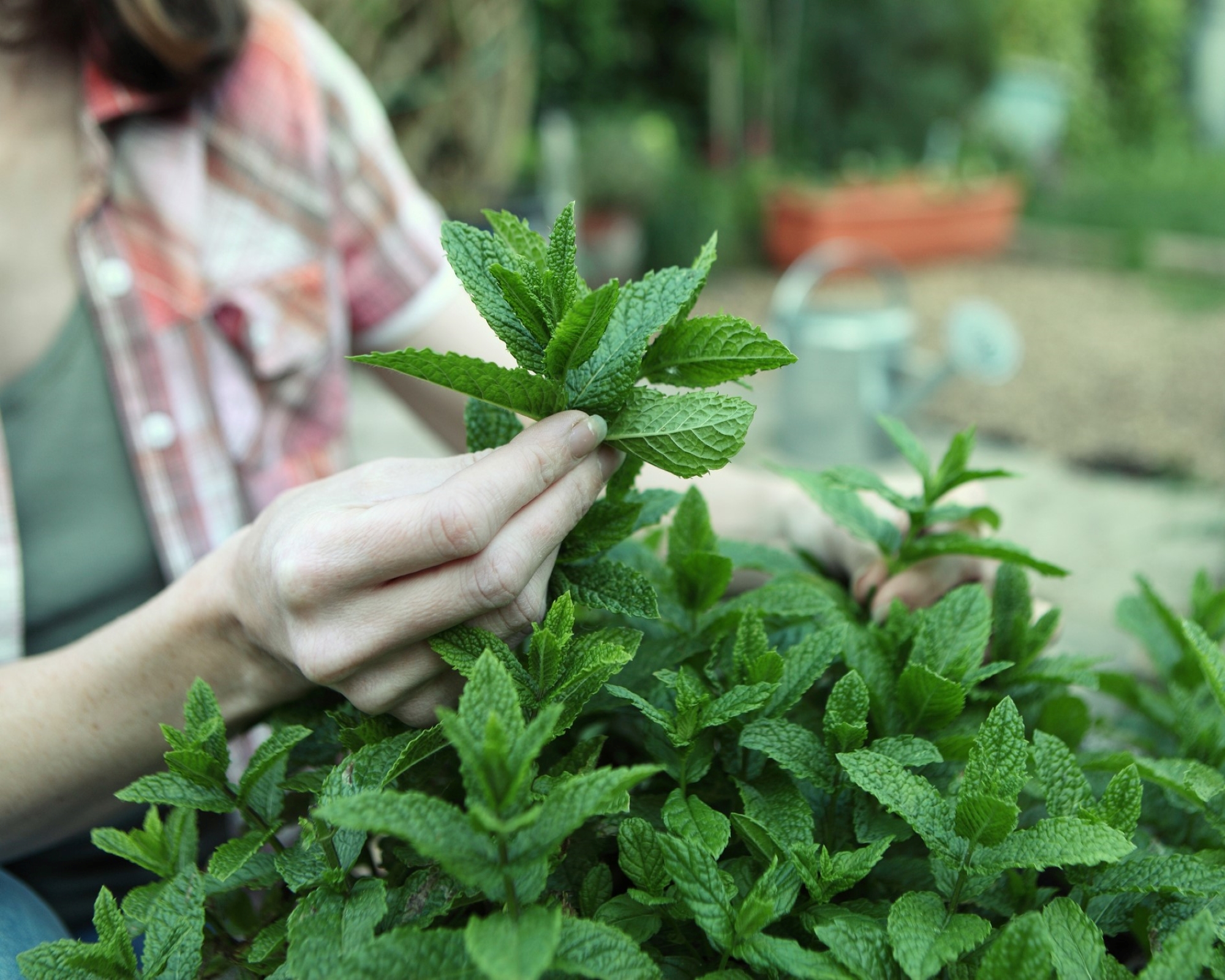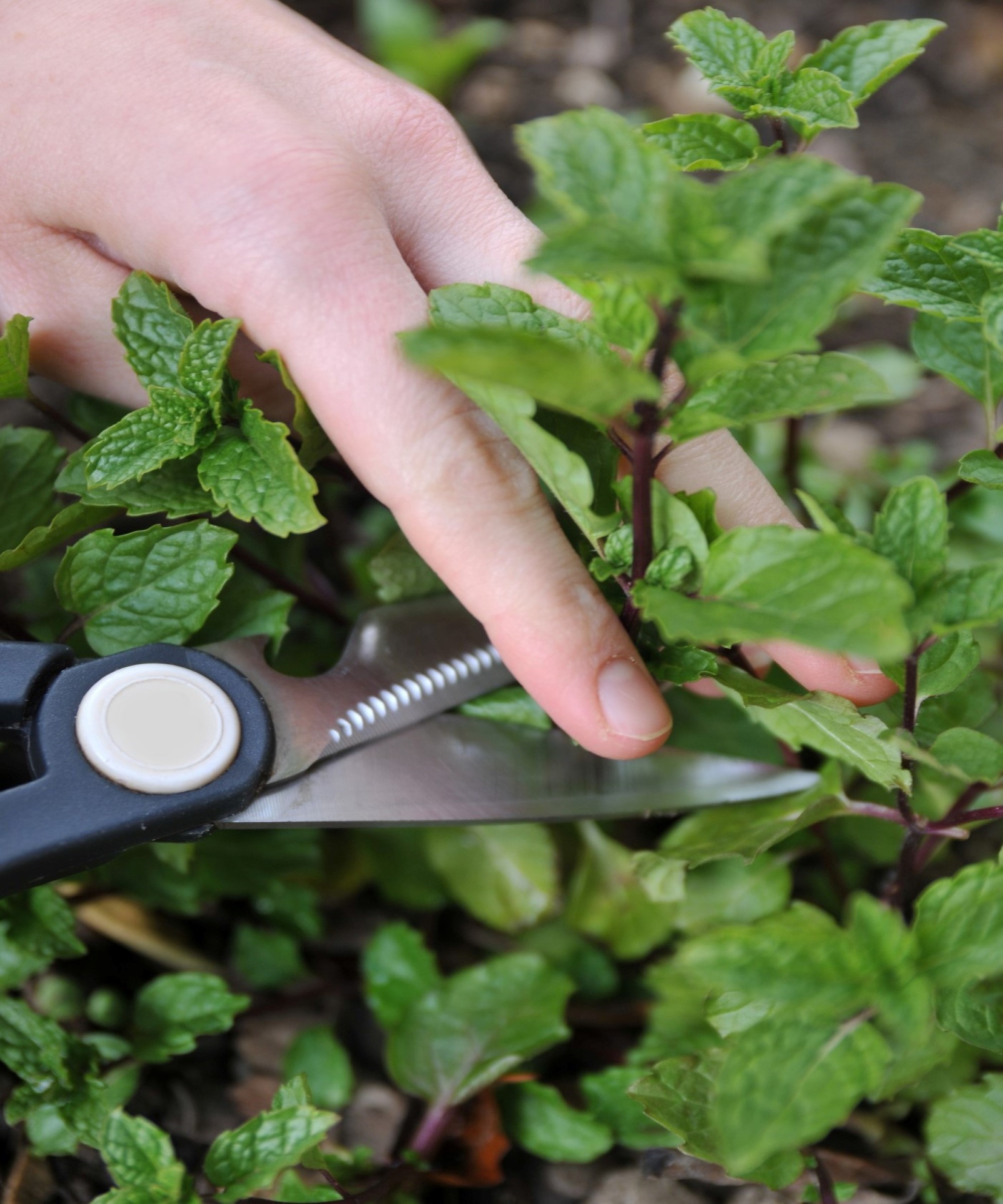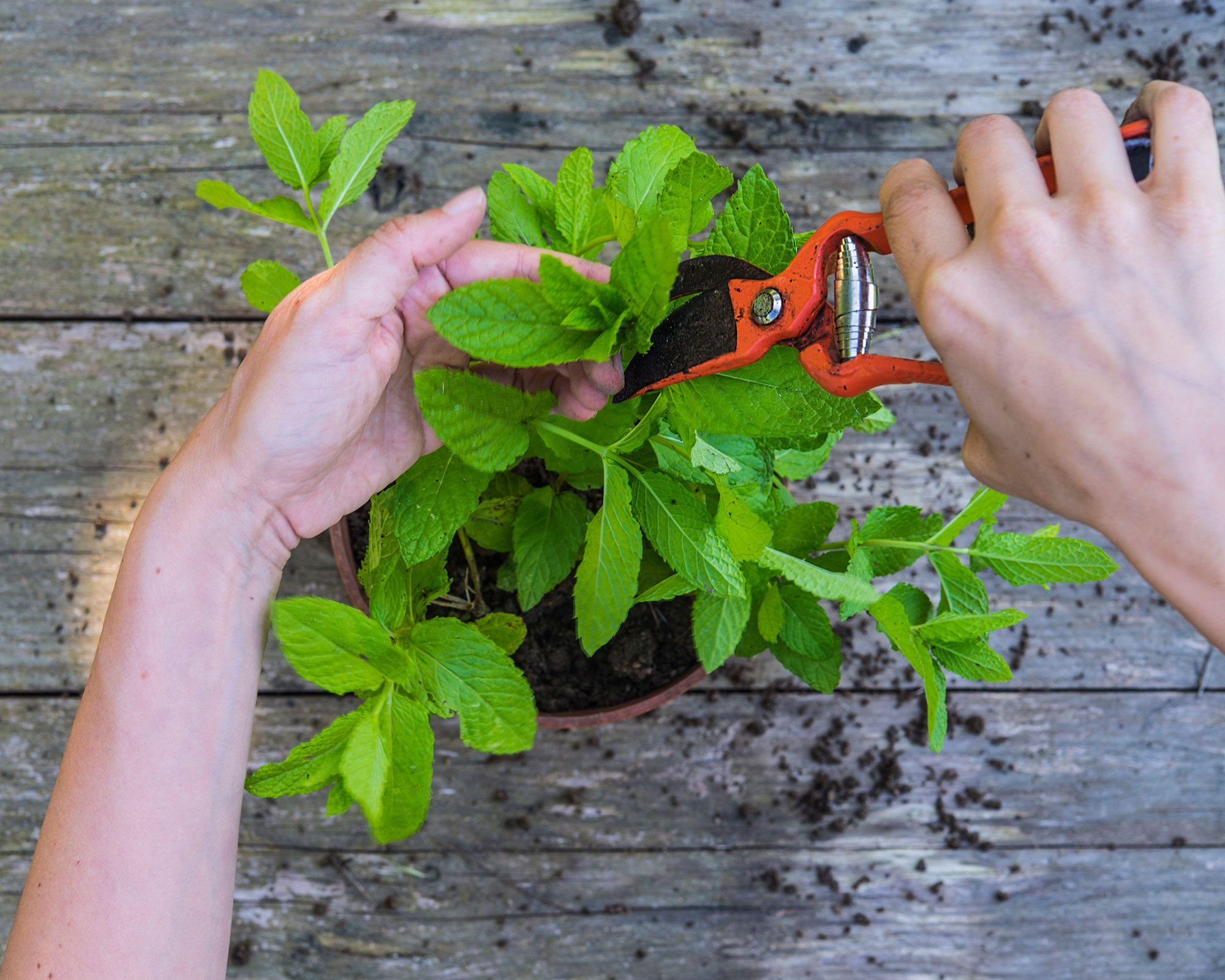Should you prune mint? Experts explain the benefits
Learn how to prune mint correctly and when best to do it to keep your plant healthy

Learning how to prune mint is an essential step in caring for this all-time herb favorite. There are several reasons why pruning is so important if you grow mint in your garden.
First, as anyone who has tried growing mint will tell you, it can be very difficult to contain. Don't prune it and it will take over everything else in your garden. Second, mint plants are prone to getting leggy if not pruned. If you want a healthy, bushy mint plant that won't suffocate other plants in your yard, follow these simple steps to prune it.

How to prune mint in 3 easy steps
As edible plant expert from Gardening Mentor Kevin Rodrigues points out, pruning mint not only promotes healthier plant growth but also 'improves the flavor of the mint leaves.'
Whether you're growing mint in an indoor herb garden or in a container in your kitchen garden, here are Kevin's recommended steps for pruning mint:
- Begin by removing any dead or damaged leaves or stems from the plant. This will help to prevent the spread of diseases and improve the overall appearance of the plant.
- Next, trim back any stems that have become overgrown or unruly. This will help to control the size of the plant and keep it from taking over your garden.
- Once you have removed any dead or damaged growth, you can start to prune the plant to shape it and encourage new growth. To do this, make clean cuts just above a leaf or node (the point where a leaf attaches to the stem). This will encourage the plant to produce new growth from the node.
Top tip: 'When pruning the mint plant, be sure to use clean, sharp scissors or pruning shears to make clean cuts. This will help to prevent damaging the plant and promote healthy growth,' adds Kevin.
To make it easier to prune your mint, you might want to consider investing in a pair of small pruning scissors, available on Amazon.

When is the best time of year to prune mint?
First of all, there is gentle regular trimming and then there's aggressive pruning. Trimming back your mint plant by pinching back the top growth can be done regularly, 'typically once a month during the growing season,' according to Kevin Rodrigues. 'This will help to keep the plant healthy and prevent it from becoming overgrown.'
Full pruning should be done a bit less frequently and never during the mint plant's first year of growth. Katie Krejci, a gardening expert who runs a blog called The Homesteading RD, says that 'it's best to wait to prune your mint plant until its second year, and ideally just before it blooms (you'll notice buds forming). You can aggressively prune mint up to 2-3 times during each growing season. The final pruning should occur in late fall by cutting the mint plant back by half.'

How do I make my mint plant bushy?
Mint can be one of the best herbs to grow, but the key to full, bushy growth is consistent picking or pinching off the growing tips. Katie Krejci explains that each time a growing tip is snipped, it creates two side shoots, resulting in shorter and fuller growth. When you notice your mint plant looking leggy, pinch off the longest bits of growth and watch it fill back in.'
Miguel Palma, a professional gardener and the owner of JardinTienda, advises gardeners to 'make sure to leave at least three inches of stem on the plant so it
can continue growing.'
By pruning mint properly it will grow and taste better, without taking over your garden.
Anna writes about interior design and gardening. Her work has appeared in Homes & Gardens, Livingetc, and many other publications. She is an experienced outdoor and indoor gardener and has a passion for growing roses and Japanese maples in her outside space.
